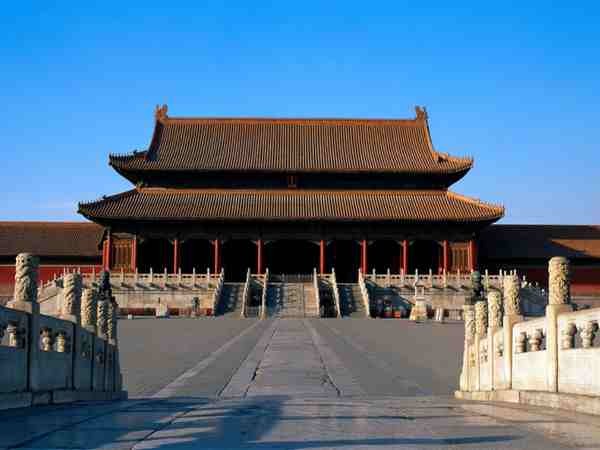The Chinese imperial palace located at the heart of China's capital, popularly known as the Forbidden City, is set to loosen its security as former "forbidden" areas are opened to the public in preparation for its 90th anniversary.
According to museum curator Shan Jixiang, the Yanchi House at the Meridian Gate, which is currently being renovated, will soon host the celebration of the Palace's 90th anniversary on Oct. 10, 2015.
The renovation of the space, which will soon be a 2,800-square-meter exhibition hall, is expected to be done by May next year in time for the anniversary.
For the anniversary celebration, the renovated area would contain hundreds of relics that were never displayed in public before.
Aside from this, the western area, which formerly accommodated the imperial women, would also be opened together with the Palace of Compassion and Tranquility--the area where China's Empresses lived--which would become the exhibition hall for the Palace Museum's 10,200 sculptures.
Other areas in the Forbidden City such as the East Prosperity Gate, the Duan Men, and the Palace of Prolonging Happiness would also be opened to its annual 15 million visitors.
The Forbidden City, now home to the Palace Museum established in 1925, housed emperors and their households during the Ming and Qing dynasties for almost five centuries.
Its name was a translation of the Chinese name Zijin Cheng, which literally means "Purple Forbidden City."
In its Chinese name, the "jin" in "Zijin" means "forbidden," attesting to the fact that no one was allowed to enter or leave the place without the emperor's permission.



























